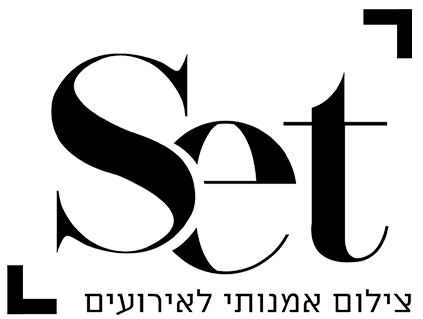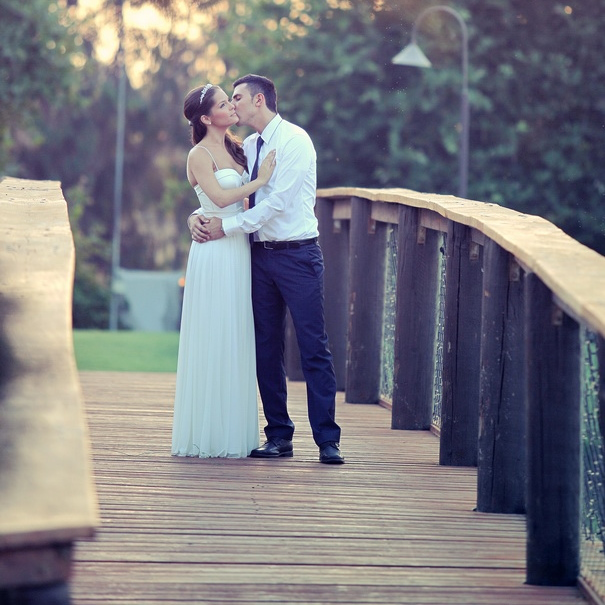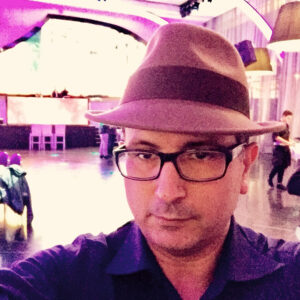Jewish Wedding Ceremony Photography
Photography is a powerful medium for preserving and commemorating important moments in people's lives. Among these significant occasions, a Jewish wedding ceremony stands out as a celebration rich in tradition, symbolism, and profound meaning. The art of capturing the essence of a Jewish wedding ceremony through photography goes beyond mere technical skills; it requires an understanding of the cultural and religious aspects that make it unique. In this essay, we will explore the intricacies of photographing a Jewish wedding ceremony, shedding light on the rituals, customs, and the role of the photographer in preserving this special day.
The Significance of a Jewish Wedding Ceremony
A Jewish wedding ceremony is a profound and joyous event that joins two individuals in a covenant bound by tradition, faith, and love. It is a union that carries with it a deep sense of history and continuity. As with any wedding, the primary goal of photography is to document the day's events and emotions while capturing the essence of the ceremony's unique characteristics.
The Preparations
The photographic journey begins with the preparations for the wedding. This phase encompasses everything from the pre-wedding photoshoot to the moments just before the ceremony. Capturing the bride and groom getting ready involves more than just taking pictures; it involves understanding the emotions and the significance of these moments. In Jewish tradition, the couple may engage in a "bedeken" ceremony, where the groom places the veil over the bride's face. Photographers need to capture this intimate moment, showcasing the anticipation and excitement in their expressions.
The Ketubah Signing
One of the most significant moments in a Jewish wedding ceremony is the signing of the Ketubah, a marriage contract. The Ketubah, often beautifully illuminated with intricate calligraphy and artwork, is a legal document that outlines the groom's obligations to his bride. The photography of this event should focus on the couple's connection and the respect they have for their shared heritage. The exchange of meaningful glances and smiles, combined with the visual elements of the Ketubah itself, creates a unique and compelling narrative for the photographer to capture.
The Chuppah
The chuppah, a canopy under which the wedding ceremony takes place, is a central element in a Jewish wedding. The symbolism of the chuppah represents the home the couple will build together. Photographers should consider the chuppah's design, often adorned with flowers or fabric, and use it as a backdrop to frame the couple. The emotional exchange of vows beneath the chuppah provides an excellent opportunity to capture the genuine expressions of the bride and groom as they make their promises to one another.
The Circling
One of the most iconic moments in a Jewish wedding ceremony is the bride circling the groom seven times. This act symbolizes the bride's protective, nurturing role in the marriage and creates beautiful visual opportunities for the photographer. The graceful and symbolic nature of this custom makes it an ideal time to capture candid shots that convey the deep emotions and joy of the ceremony.
The Breaking of the Glass
As the wedding ceremony reaches its climax, the groom smashes a glass with his foot. The shattering of the glass symbolizes the fragility of human relationships and the eternal nature of the Jewish people. This dramatic moment provides photographers with a chance to capture the reactions of the couple and the guests, freezing a significant instant in time. The breaking of the glass is often followed by enthusiastic cheers and applause, which should also be documented to showcase the joy and unity of the moment.
The Reception
Following the ceremony, the wedding reception is a time for celebration, music, and dancing. Photographers should be prepared to capture the lively and exuberant moments of the Hora dance, where the bride and groom are lifted in chairs and danced around the room. This traditional dance is characterized by its energetic and joyful atmosphere, making it a prime opportunity to capture candid and dynamic shots.
Capturing Emotion
While photographing a Jewish wedding ceremony, it's crucial to focus on the emotions of the day. The smiles, tears, laughter, and shared moments between the couple and their loved ones are the heart of the event. Photographers should be attuned to these emotional connections and be ready to seize those authentic moments that reveal the true essence of the day.
Working with Natural Light
The use of natural light can be particularly effective in capturing the warmth and ambiance of a Jewish wedding ceremony. The ceremony often takes place in a synagogue or under the open sky, offering unique lighting conditions. Photographers must be skilled in working with various lighting scenarios to create the best possible images. Additionally, the use of flash photography should be minimized during the ceremony to maintain the solemnity of the occasion.
Respect for Tradition
Respect for Jewish traditions and customs is paramount in photographing a Jewish wedding ceremony. Photographers should familiarize themselves with the ceremony's sequence and significance, allowing them to anticipate key moments and capture them with reverence. It is essential to remember that a Jewish wedding is not just a photo opportunity; it is a sacred event. Sensitivity and cultural awareness are key to ensuring that the couple and their families feel comfortable and respected throughout the day.
Inclusivity and Diversity
Jewish weddings can vary significantly based on the couple's level of observance, cultural background, and personal preferences. Some Jewish weddings may include elements from different Jewish traditions or even incorporate customs from the couple's diverse backgrounds. Photographers should be adaptable and open to these variations, aiming to reflect the unique story of each couple through their work.
Post-Processing
The post-processing phase of wedding photography is an essential part of creating the final images that the couple will cherish. This step involves enhancing the colors, adjusting exposure, and applying artistic filters or effects to bring out the best in each photograph. It's important to maintain the natural and authentic feel of the images while making them visually appealing.
Conclusion
Photographing a Jewish wedding ceremony is a unique and meaningful experience that requires more than technical expertise. It demands an understanding of the deep cultural and religious traditions that make the event significant. Photographers should be prepared to capture the beauty, emotion, and symbolism of the day while respecting the couple's individuality and the diversity within the Jewish community. In doing so, they play a vital role in preserving the memories of a Jewish wedding ceremony, allowing the couple to relive this profound and joyous moment for generations to come.


